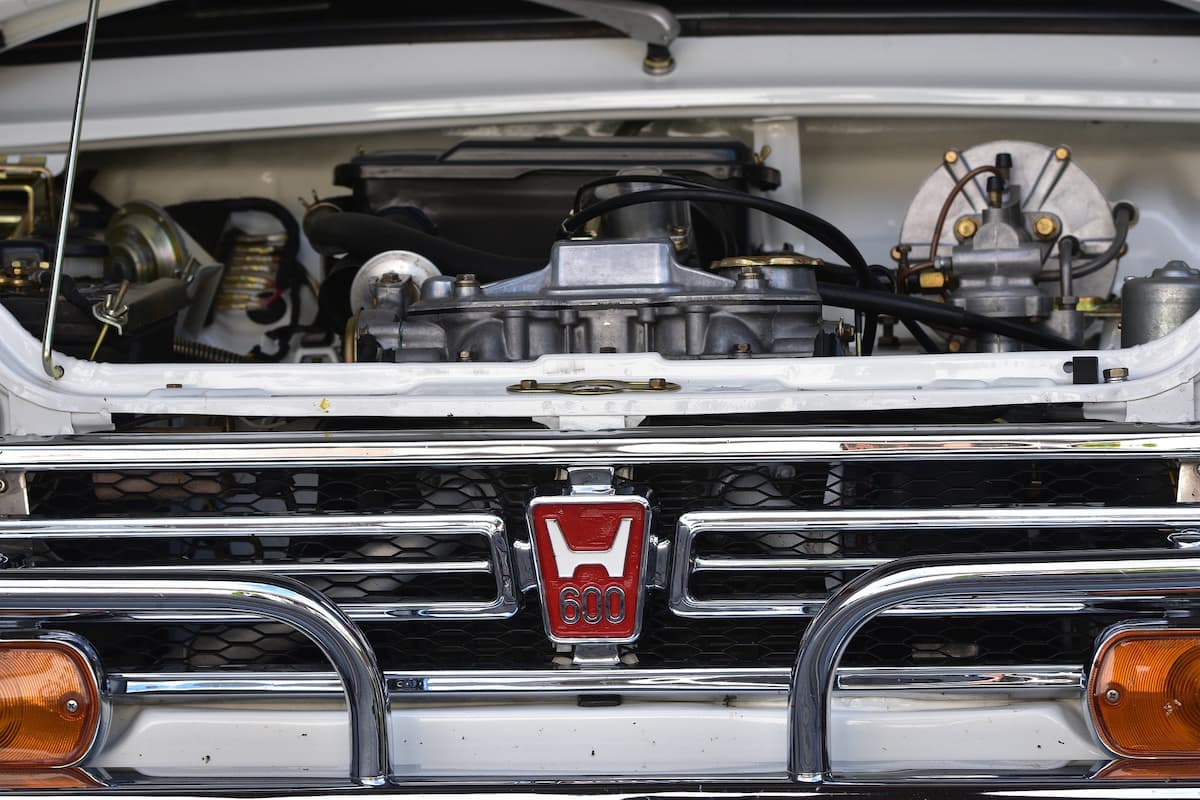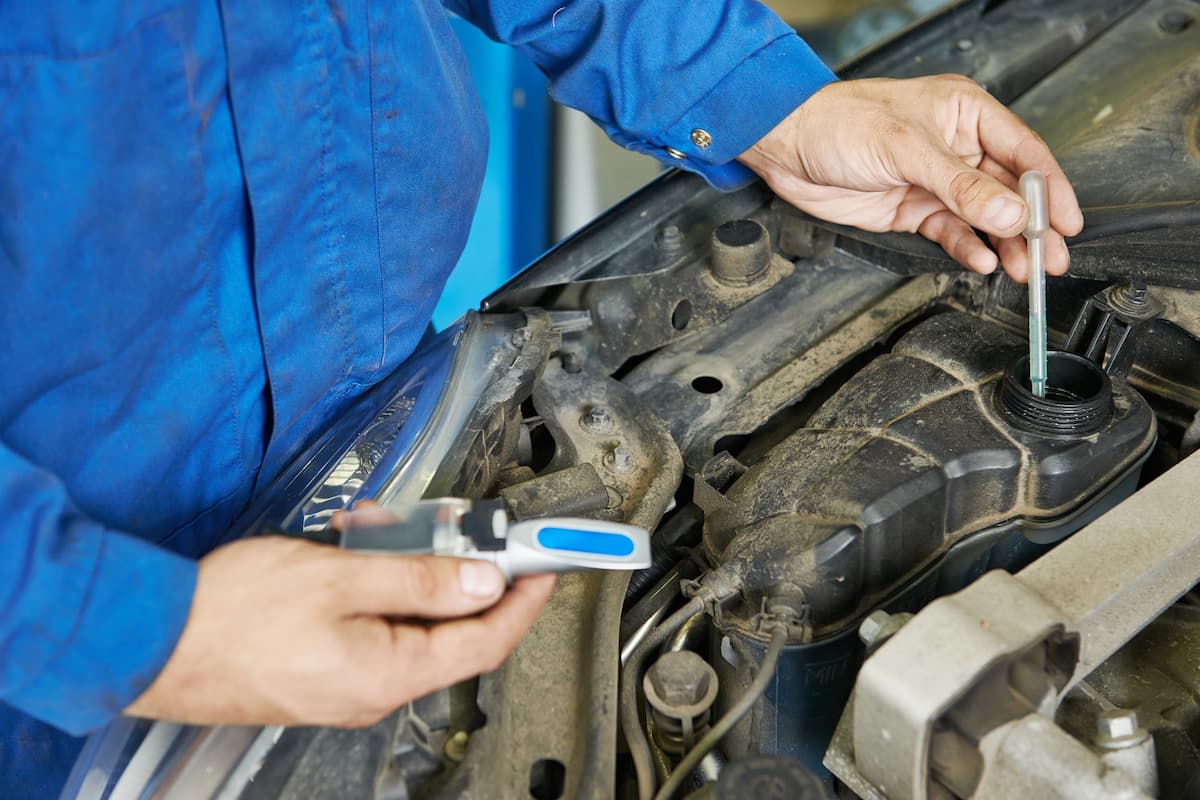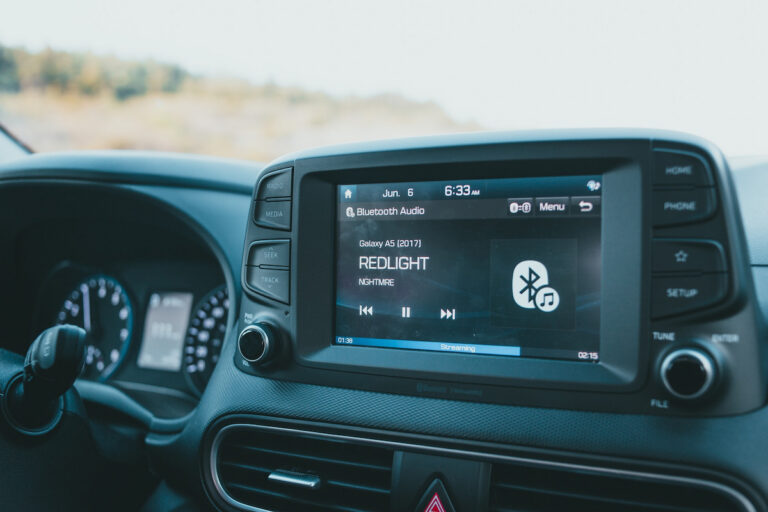How Often Should You Change Antifreeze In A Honda?
Hondas are great all-weather vehicles, but many parts can only operate using specialized fluids and pumps. To keep your car in tip-top shape, you must know when and how to replace those fluids.
Regardless of brand, model, or type, all vehicles use antifreeze. Antifreeze is added to water to help your engine regulate its temperature in extreme weather.
You should be flushing and refilling your antifreeze every 30,000 miles (48,000 km) or every two years if you don’t drive that many miles. However, it is recommended to have your fluids checked every 15,000 miles (24,000 km) to look for sediment, confirm levels, and get ahead of any problems before they escalate.
When To Flush Your Honda’s Antifreeze

Unlike power steering fluid, Hondas can generally use any brand of antifreeze. You’ll just have to check your owner’s manual to confirm what type the manufacturer recommends.
Generally, any non-silicate coolant meant for aluminum engines will be fine.
You should be flushing and refilling your antifreeze every 30,000 miles (48,000 km) or every two years if you don’t hit that milestone.
Honda recommends having a mechanic check your fluids every 15,000 miles (24,000 km). They will confirm that you have the proper fluid levels, that there isn’t any sediment or debris in the fluid, and ensure it’s diluted properly.
Having the fluids checked regularly by a professional will help catch problems if it isn’t working properly. Significant damage can occur if coolants don’t work as intended, so it’s better to be safe than sorry.
What Does Antifreeze Do?
Antifreeze is a compound mixed with water to create engine coolant. Coolant keeps your car from overheating when it’s hot and keeps your engine running/allows it to start when the temperatures are very cold.
Coolant and antifreeze are often used interchangeably because they are mostly the same thing. The difference is that antifreeze (and water) are the ingredients used to make coolant.
Coolant plays an important role throughout the engine. It doesn’t just help regulate temperature; it contains additives that help prevent electrolysis.
Electrolysis is when different kinds of metals in contact with each other start swapping electrons. It causes corrosion, eating away at the metals.
It’s a slow process, but corrosion can utterly destroy an engine or require the replacement of key parts.
The additives in coolant protect your engine from eating away at itself over time, but as it ages, the additives get weaker.
Eventually, coolant can become conductive and can actually accelerate electrolysis and engine corrosion instead of preventing it.
How Do I Know If My Antifreeze is Still Good?

Because antifreeze is so essential to the proper functioning of your engine, it’s important to know whether it’s still good.
Of course, you can always take your car to the dealer or a mechanic to have them check your coolant. Alternatively, you can check it yourself.
There is one easy way to check if the antifreeze is still active. You need a digital multimeter to perform a diagnostic conductivity test of the engine.
Start with the engine completely off and make sure it hasn’t run for a while. You want a cold engine at the beginning of the test.
Remove the radiator cap and start the engine.
Set your digital multimeter to DC 20 volts or less.
Let the engine run until it reaches its normal operating temperature. Once it warms up, stick the positive probe of the multimeter directly into the engine coolant.
Push on the gas to bring your engine’s RPMs to 2000. Then put the negative probe of the multimeter on the negative terminal of the car battery.
The coolant is in good condition if the multimeter reads 0.4 volts or less. If it reads more than 0.4 volts, you need to replace your antifreeze.
Even if you know how to check your coolant on your own, having a professional take a look is still a good idea.
If you happen to make a mistake (or ignore the multimeter reading), you could be looking at an expensive repair if you don’t replace your antifreeze in a timely manner.
Instead of the cheaper fluid change, you might end up needing a new radiator or water pump.
What Happens If You Don’t Change Your Antifreeze?
If you don’t change your antifreeze, you could damage your engine.
Firstly, your engine won’t be able to regulate its temperature, meaning it can overheat, melt parts, and not run.
In colder weather, your engine may refuse to start or may stall while driving because it can’t stay warm enough for proper combustion.
Secondly, without the additive in antifreeze, your engine will corrode. Your radiator, heater core, and water pump will all suffer damage, eventually needing replacement.
You’ll also discover additional problems throughout the engine. Contaminants in the coolant can cause blockages in hoses, prevent the coolant from inhibiting corrosion, or cause leaks.
Antifreeze (and coolant) may seem like minor things for an engine, but they play a key role in keeping your vehicle running and in good shape.
Conclusion
You should check your antifreeze every 15,000 miles (24,000 km), but if it’s in good condition, you only need to change it every 30,000 miles (48,000 km).
If you don’t drive that much, expect to change your coolant every two years and take your vehicle in for a checkup every six months or so.






